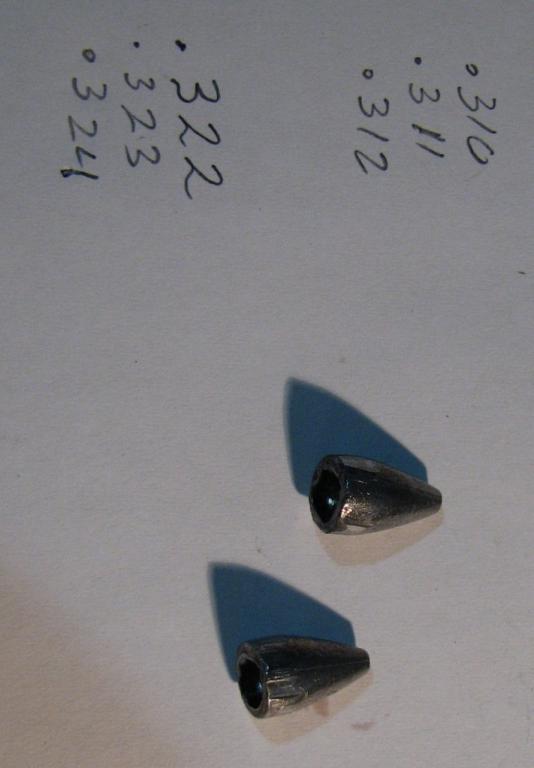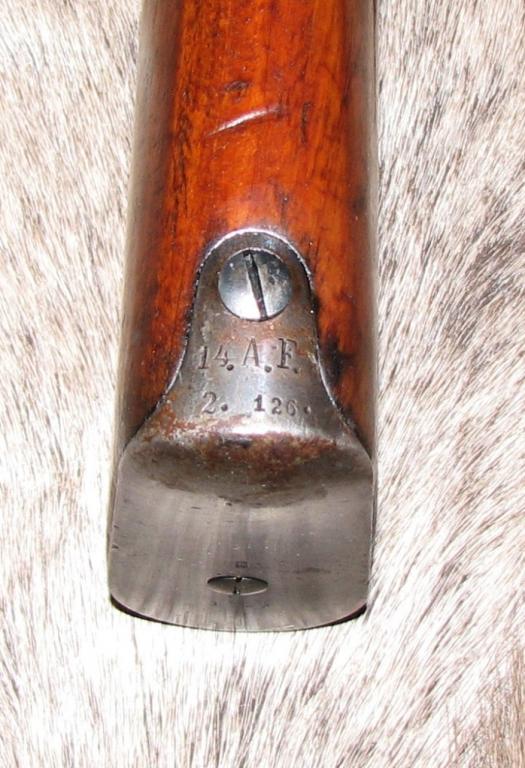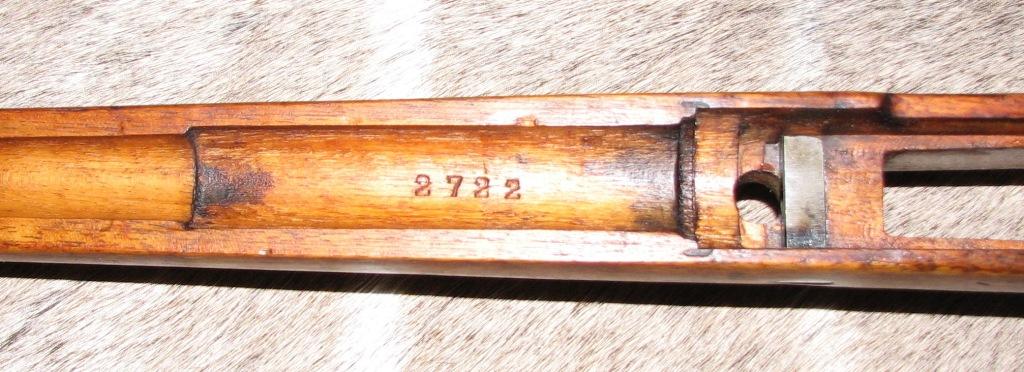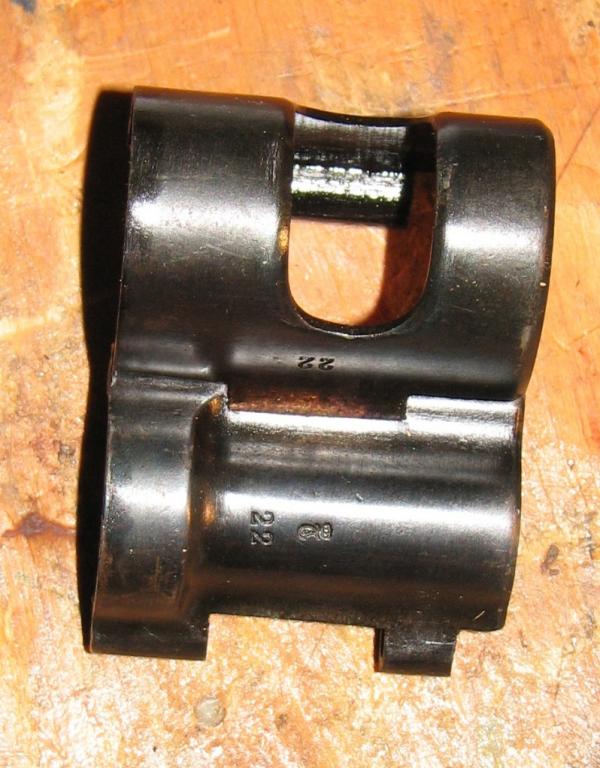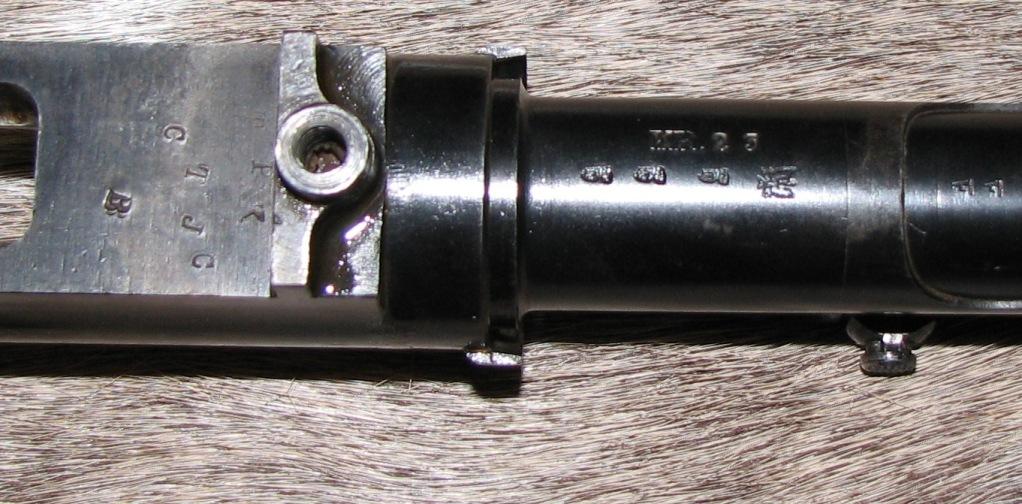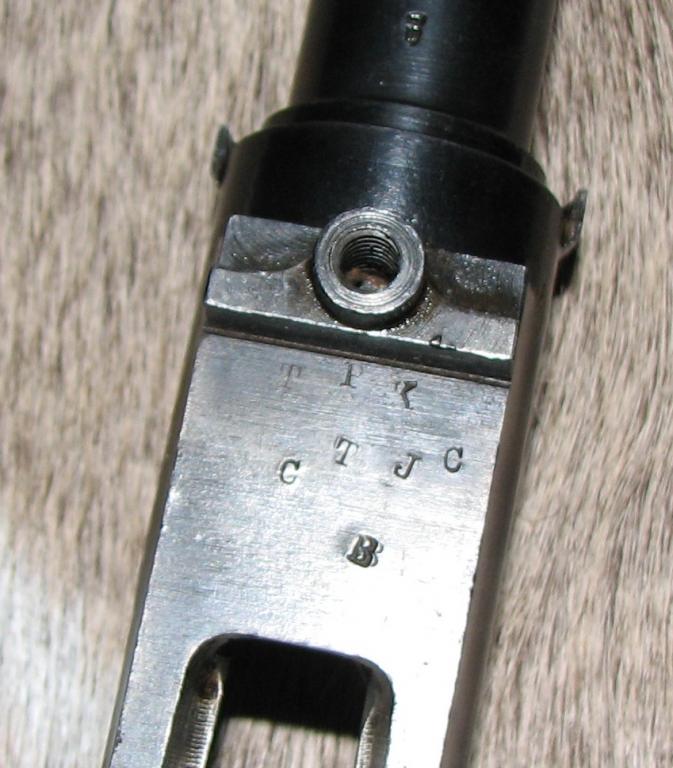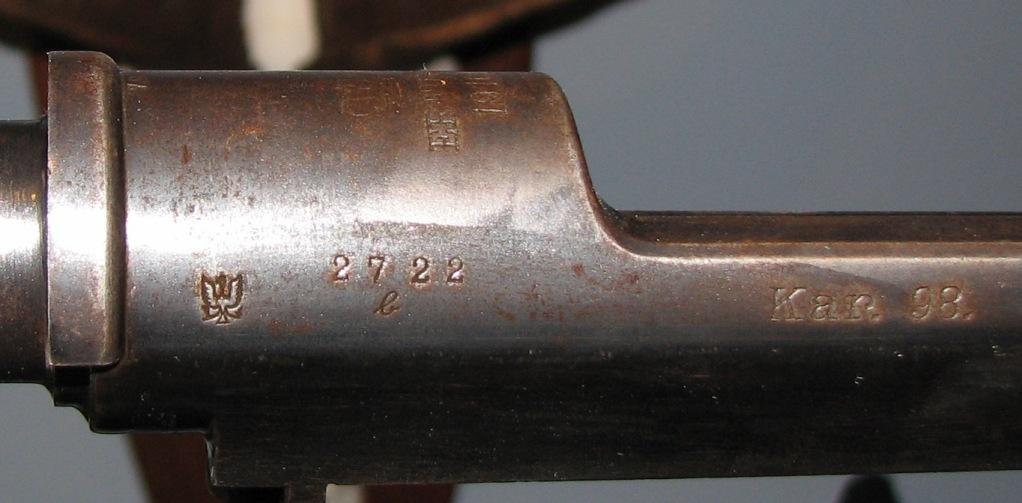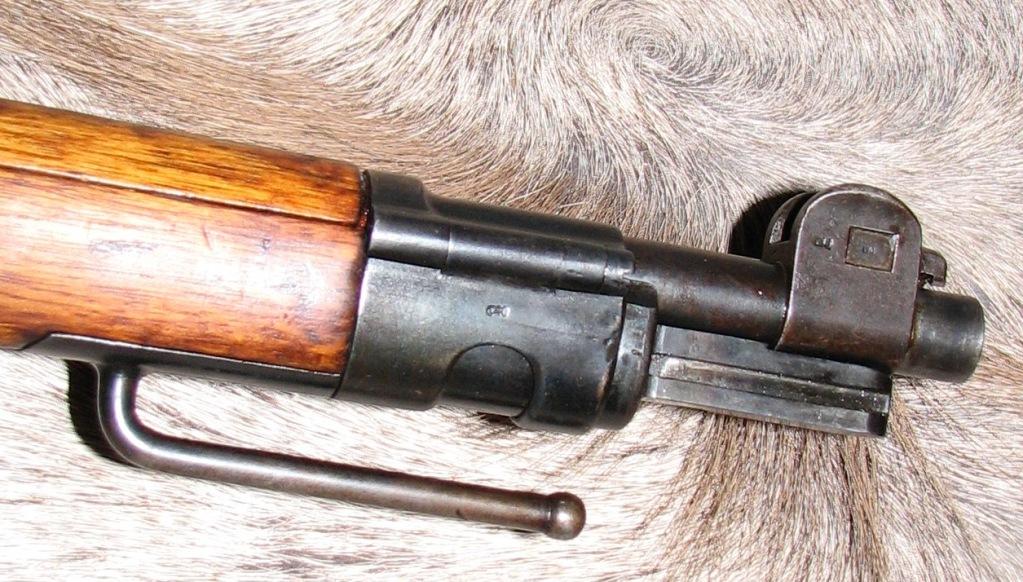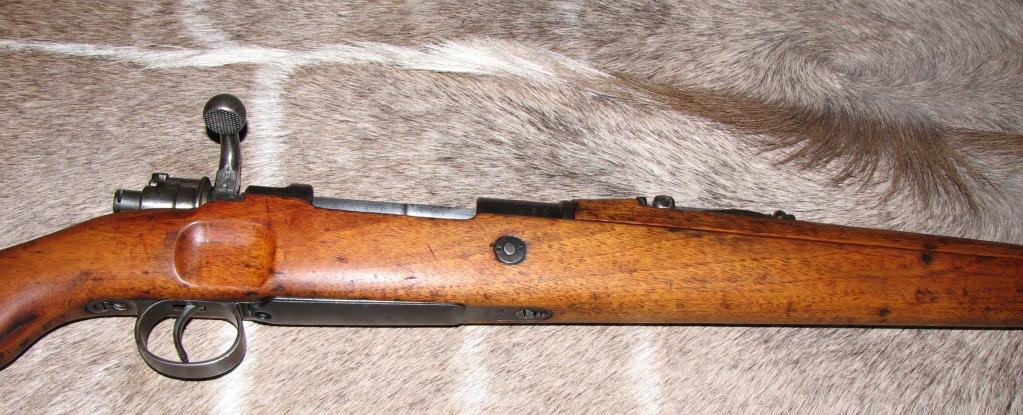-
FREE MEMBER
NO Posting or PM's Allowed

-
06-07-2011 11:38 PM
# ADS
Friends and Sponsors

-
Eagerly awaiting the post-rebuild photos, and range results!
More detail shots are always good, too. Just don't be like me and forget to photograph the entire carbine! 
-
-
-
FREE MEMBER
NO Posting or PM's Allowed

-
Advisory Panel


Kar. 98. markings
A very nice example of a type of rifle of which most examples were bashed about in WWI. Matching numbers, clear markings - and an obviously shootable bore - you are lucky!
The eagles are proof marks.
14.A.F.2.125.
= Badisches Fussartillerie (State of Baden, Foot artillery (i.e. not mounted)), 2nd Batallion, Rifle No. 125
As to shooting, you can, of course, have it checked out by a gunsmith. But unless he is what people West of the Big Pond would call "milsurp-savvy" you may be wasting your money. It is often overlooked that such rifles were a) built decades before SAAMI and even CIP were set up, and b) as a result, some of the standards appear to have been derived post-factum, and just do not match real rifles well enough to make a verdict based on modern gauges.
As with every one of the Mausers that I have fired myself - and that covers from first to last - I would check the head clearance - that is the actual fore-and-aft play of an actual cartridge in the actual rifle.
I have described the method before in this and other forums. Take a yard length of 6mmx1 or 1/4x26 or similar threaded brass rod, and two nuts. Insert a sized but empty case into the rifle and close the bolt. Insert the rod into the barrel, right down until it sits on the inside of the cartridge base. Now run down the two nuts until they sit nicely (NOT locked) on the muzzle, without lifting the rod (keep the rod pressed down in the case while adjusting the nuts). Use a felt pen to make a witness mark across both nuts.
Open the bolt, remove the cartridge case, and use a pencil to push the case in as far as is will go (finger pressure, not rammed!).
Now comes the fiddly bit. Hold the pencil firmly against the cartridge and with the other hand, making sure that the rod is on contact with the case, run down the nut nearest the muzzle until it just touches the muzzle WITHOUT DISTURBING THE OUTER NUT. Apologies for shouting, but this really is the awkward part of the operation.
The witness mark on the inner nut has now shifted. Knowing the thread pitch and observing how much the inner nut has rotated, you can calculate the movement. This movement is the play or "head clearance" for that type of cartridge in that rifle.
Anything up to 15 thou is quite OK. Up to 20 thou. will still work, unless the firing pin a.k.a. striker is badly worn. More then that will probably cause erratic ignition. Cases will stretch a bit on first firing, but a basic rule for all these old service rifles is ONLY use NECK-SIZED case that were fired in THAT rifle. This also improves accuracy!
And please note: the original Kar. 98 was hard to shoot, because it was lighter than the Gew. 98. (The later K98k was noticeably heavier.) Light loads are good for your purse, shoulder and rifle!
was noticeably heavier.) Light loads are good for your purse, shoulder and rifle!
Patrick

Last edited by Patrick Chadwick; 06-12-2011 at 02:43 AM.
-
The Following 3 Members Say Thank You to Patrick Chadwick For This Useful Post:
-
FREE MEMBER
NO Posting or PM's Allowed

Mr Chadwick, I will grab some threaded brass rods and 2 nuts and do the test as advised. Thank you for your valuable input, especially the meaning of the alpha-numerics on the butt plat. My son and I shoot a Yugo model 48 (I believe) with WW2 velocity / pressure reloads without difficulty. Out of respect for her advanced age we will run light loads through the Erfurt. Once cases are fire-formed I use neck sized only for all of the milsurp reloading I do.
model 48 (I believe) with WW2 velocity / pressure reloads without difficulty. Out of respect for her advanced age we will run light loads through the Erfurt. Once cases are fire-formed I use neck sized only for all of the milsurp reloading I do.
Thank you for your input on this and the many other projects you have advised upon; you are a great contributor to those of us getting started, thank you again sir. GRF
-
FREE MEMBER
NO Posting or PM's Allowed

Thank you Patrick! A good friend got one in a pack of three Mausers and i´ll do the check on his Karabiner too. Good to have you!
-

Originally Posted by
Patrick Chadwick

Now comes the fiddly bit. Hold the pencil firmly against the cartridge and with the other hand, making sure that the rod is on contact with the case, run down the nut nearest the muzzle until it just touches the muzzle WITHOUT DISTURBING THE OUTER NUT. Apologies for shouting, but this really is the awkward part of the operation.
The witness mark on the inner nut has now shifted. Knowing the thread pitch and observing how much the inner nut has rotated, you can calculate the movement. This movement is the play or "head clearance" for that type of cartridge in that rifle.
If you could maintain light forward pressure on the case, using perhaps a bit of open cell foam or dacron (or an assistant), could you not directly measure at the muzzle without disturbing either nut? Just ease the feeler gage between the nut and muzzle? Perhaps even easier with the addition of a washer or two? Just pondering.
Last edited by jmoore; 06-17-2011 at 02:45 PM.
Reason: added "real" quote box
-
-
Advisory Panel



Originally Posted by
jmoore

Just ease the feeler gage between the nut and muzzle?
Yes, of course you could. I'm just one for creative laziness!
In the next "5-year plan" I'm going to make up one with a dial gauge and a sliding clamp, honest! But in the meantime, I'm getting on so well with my quick 'n dirty method ...
-
-
Legacy Member


Originally Posted by
Patrick Chadwick

[/FONT][/SIZE]14.A.F.2.125.
= Badisches Fussartillerie (State of Baden, Foot artillery (i.e. not mounted)), 2nd Batallion, Rifle No. 125
Patrick a good post with good information but I must say that the "2" in the translation of the regimental stands for "Company", not "Bataillon". so "14.A.F.2.125." would read 14 Regiment, 2nd Company, weapon #125. Of course, as you say, the 14th Fußartillerie-Regiment of was indeed from Baden as you say and it was part of the XIV Armee Korps at the beginning of the Great War.
-
Thank You to gew8805 For This Useful Post:
-
FREE MEMBER
NO Posting or PM's Allowed

Thank you for the additional information. GRF
I recently picked up a 1910 Erfurt K98
. I must apologise that I did not take enough pre photos (sorry Patrick, Badger et al). I washed the stock and removed a lot of black crud from the stock. The barrel was very rough and dark looking with a 5mm hole. At first glance the bore looked beyond redemption, after a good deal of cleaning it looks reasonable, and 8mm.
but I did have a good amount of tung oil which has done very good services on sporting rifles for me.
rolling block (a truly epic post thanks guys
) just a bit of elbow grease and some love. More photos to follow when complete. hope y'all enjoy. GRF
Information














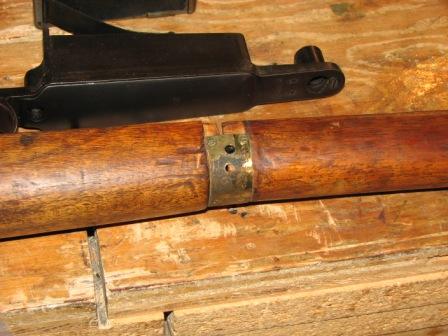

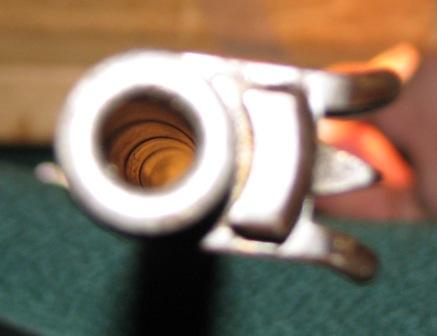
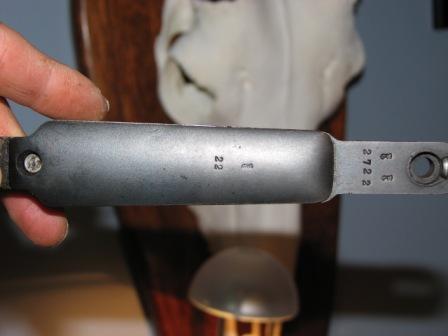
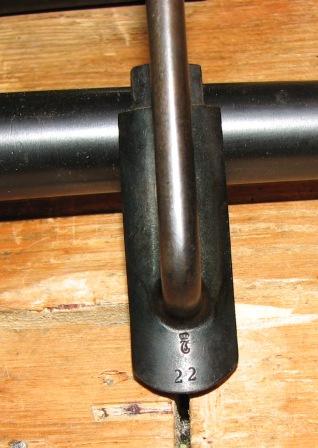
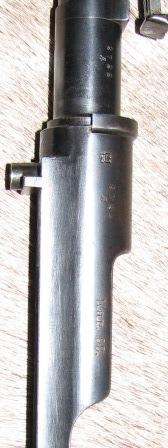
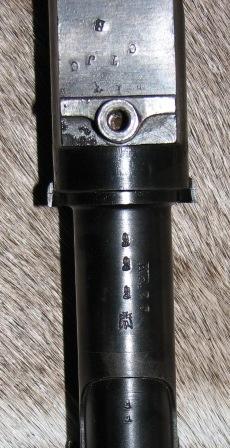
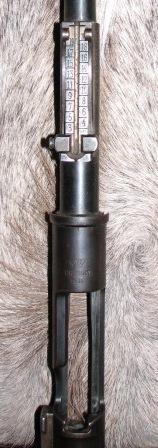
 Register To Reply
Register To Reply











